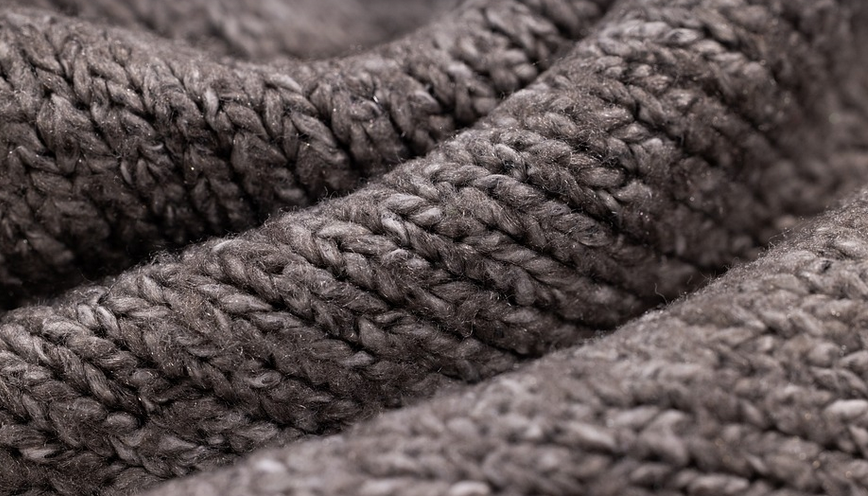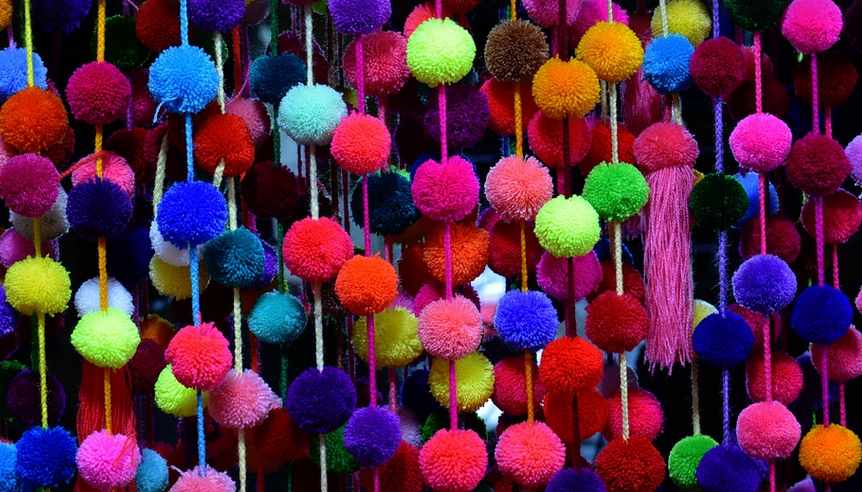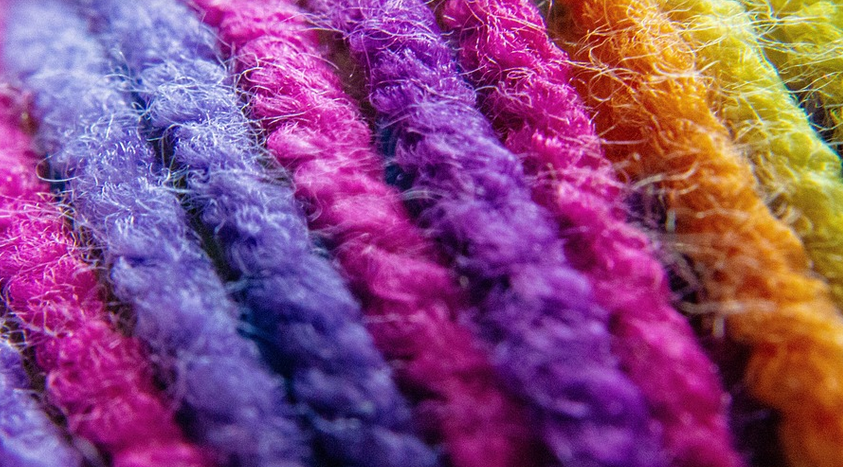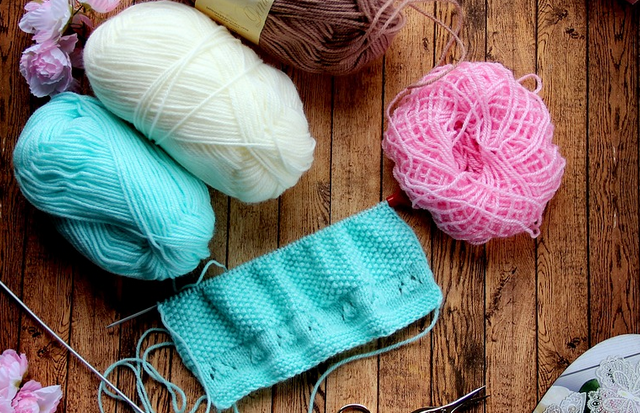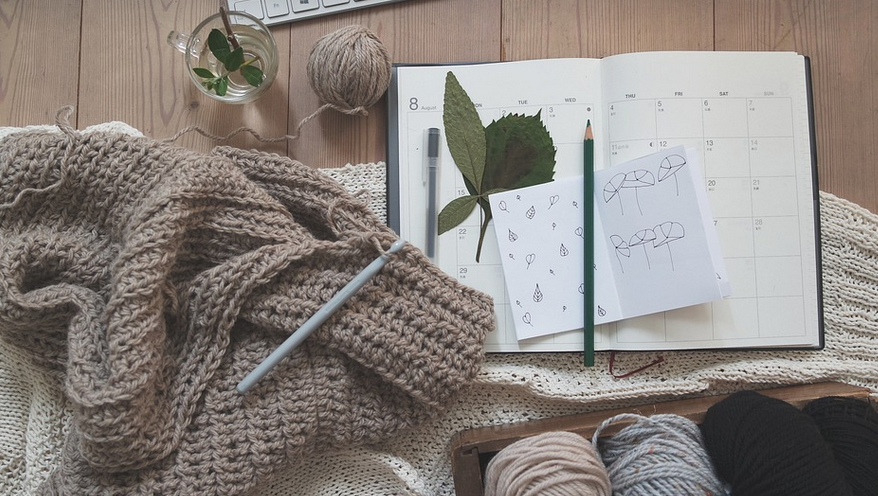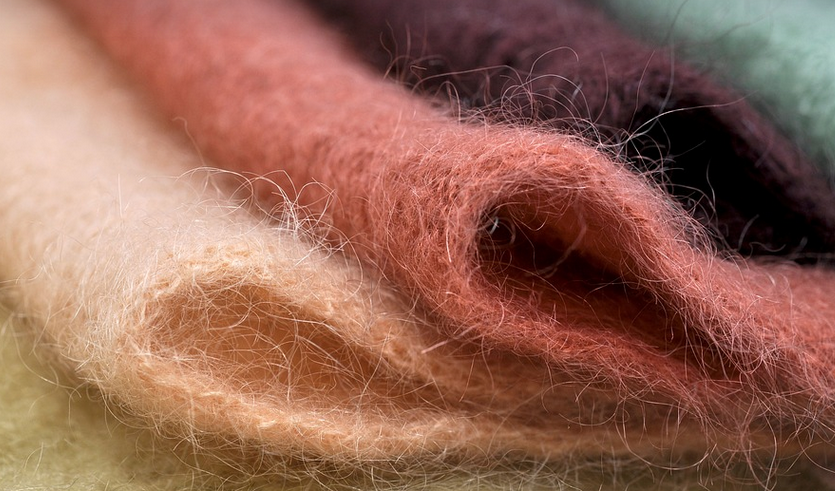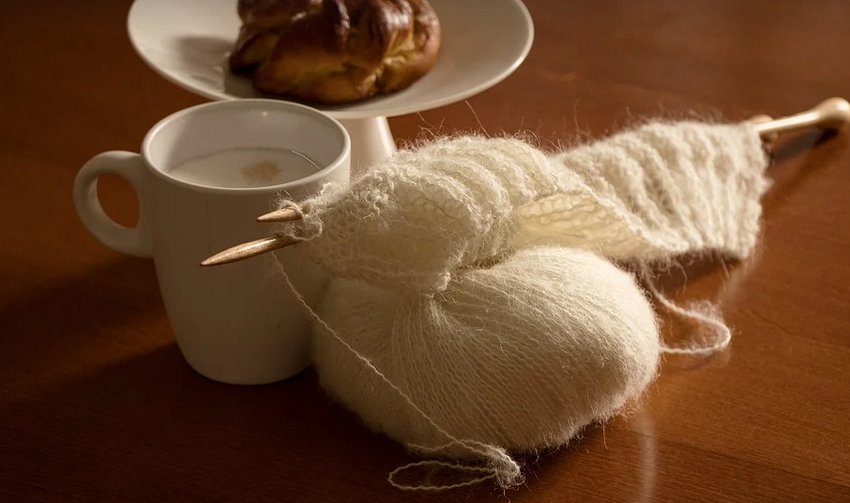
Unraveling the Mystery
Crossword puzzles can be a real brain-tickler, especially when you encounter cryptic clues that seem almost too obscure. Today’s focus is on one such clue: “Maker of ropes and fences for lines,” which might leave you scratching your head. Don’t worry! We’re here to demystify this puzzle piece and help you build your knowledge base along the way.
The Basics of Rope, Fence and Lines
Before we dive into the answer, let’s break down those key terms – “maker of ropes” and “maker of fences,” plus “lines.” Ropes have been woven by humans for millennia, used in everything from sailing to hanging heavy objects to securing equipment. Fences, on the other hand, offer a barrier between spaces – be it to enclose gardens or secure property. Lines are essential building blocks – they allow us to navigate and measure distances.
A Closer Look at Ropes and Fences
It’s clear that ropes and fences often go hand-in-hand, especially when we talk about lines. As such, let’s explore some aspects of these elements: * **Ropes:** Ropes are typically made from natural materials like hemp, flax, or even synthetic fibers. They can be woven or braided to create different shapes and strengths. The specific rope used for a task will often depend on the material’s properties – its weight, flexibility, wear resistance, and knotting capabilities. * **Fences:** Fences are typically made from wood, but metal and even bamboo are becoming popular options as well. These materials can be easily shaped into various structures – depending on their purpose, whether it’s a simple wooden picket fence to enclose a garden or a more elaborate lattice design for a property line. * **Lines:** We often picture lines when thinking of these items – it’s the way we mark boundaries and create structures. We use them to measure distances across fields, build walkways, mark building foundations, and even draw simple sketches to visualize our ideas.
A World of Makers
While ropes and fences may seem like basic tools, their construction requires dedicated makers. Let’s consider some prominent roles in this field: * **Rope Manufacturers:** These manufacturers are responsible for producing raw materials like hemp or nylon rope, then converting them into finished products that meet specific requirements. They might be involved in the spinning of yarn, knotting techniques, and even quality control procedures to ensure durability. * **Fence Builders:** From wooden post-and-rail fences to elaborate gates, fence builders are responsible for constructing these structures using various materials. They have expertise in choosing wood types, designing layouts, and ensuring structural integrity. * **Line Makers:** This category encompasses everything from surveyors who use string lines to mark boundary lines to construction workers who need flexible measuring tapes.
Putting the Puzzle Together
So, now that we’ve covered the basics of ropes, fences, and their makers, let’s examine how these elements connect. * **The Clue:** The clue “Maker of ropes and fences for lines” points towards a company or individual who specializes in creating both. * **Potential Answers:** We need to explore companies that are known for producing a wide range of products related to ropes, fencing, and lines – especially those where the product line overlaps.
Let’s Get Practical
To answer this clue effectively, we must delve into industry leaders: **Example Companies:** * **Rope manufacturers:** Samson Rope, Marlow Ropes, Dyneema Composites * **Fence Builders:** Simpson Strong-Tie, Cedar Creek Fence Company, Avery Lumber * **Line makers:** Surveyors’ tools like the “Leica” brand or construction companies using a variety of measuring tape brands. By researching these companies and seeing what their product offerings include, we can begin to narrow down possibilities for the answer to this cryptic clue!
